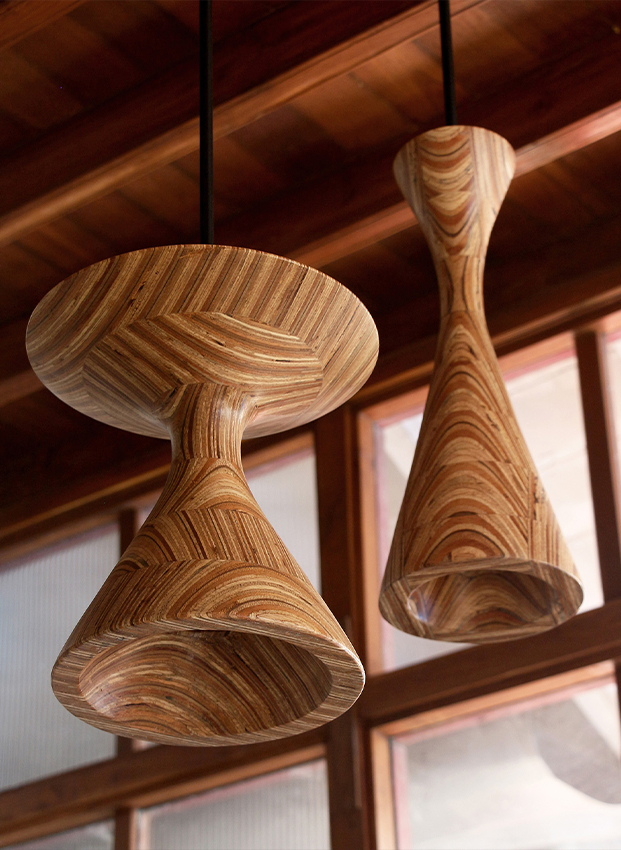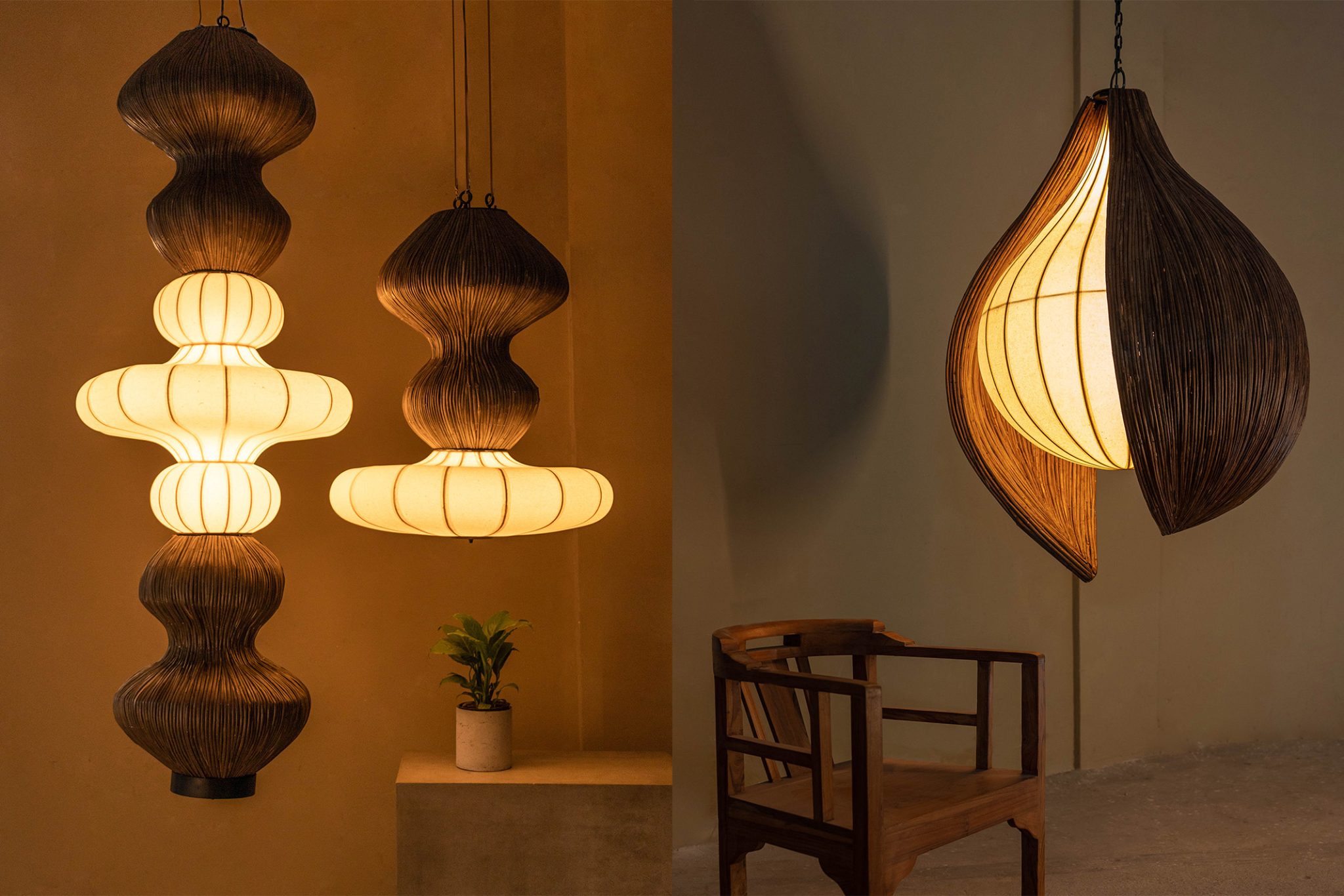The Japandi Dictionary: 5 Pro Tips For Curating A Luxe, Soulful Home
Discover how to seamlessly incorporate Japandi principles in your design language, transforming your home into a sanctuary of understated luxury.
- 5 Sep '24
- 1:36 pm by Virender Singh
From the imperfect beauty of Wabi-Sabi to the sleek, satisfying ergonomics of Scandinavian furniture, the harmony between these two cultures feels almost inevitable. Enter Japandi—an aesthetic movement that’s taking the world by storm. Its neutral colour palette, organic textures in decor and a proclivity for functional minimalism constitute a philosophy rather than a fleeting trend. But with so many unfamiliar terms floating around—Ikigai design principles, hygge or Kanso—it’s easy to feel lost. Here is DP’s curated guide to mastering Japandi, one defining concept at a time.
1. Ikigai: The Beauty Of Finding Purpose

‘Ikigai’, a theory that refers to one’s “reason for being,” also underscores the design principle that every object—from a well-loved cutting board to a simple tea kettle— serves a role in creating soulful interiors. In the kitchen and dining areas, for example, you can achieve a sense of purpose through thoughtful design. Imagine a streamlined kitchen with a layout that feels intuitive—storage, sink, and countertop are thoughtfully aligned to facilitate movement. Low-hanging pendant lights, seamlessly integrated cabinetry and open shelving showcases handcrafted bowls.
Ikigai in design isn’t just about aesthetics; it’s about creating zen-inspired living spaces, where intention guides every detail.
Also Read: Three Open-Plan Apartments Where Naked Walls, Homegrown Design, And Earthiness Are The Real Stars
2. Hygge: How To Stay Cosy All Year Long

When it comes to Japandi, ‘hygge’ is a neologism that ties everything together with a warm, inviting energy. This word, which has no direct translation in English, refers to the feeling of contentment and coziness. Think plush throws draped over bare, minimalist Scandinavian chairs or thick linen curtains that gently filter natural light. Fabrics like wool, bouclé and cotton add tactile diversity to your space. A beautifully crafted wood coffee table can be paired with handwoven baskets and cushions, catalysing a serene home transformation that feels simultaneously elegant and cocooning.
3. Wabi Sabi: A Roughly Hewn Imperfection

‘Wabi Sabi’ suggests that nothing in life is perfect and true beauty often lies in the cracks, the flaws and the patina of age. Elegant bedroom interior design can embrace this principle through handcrafted ceramics, distressed wooden furniture or a bohemian rattan chair that celebrates the honest beauty of materials and craftsmanship.
The Wabi Sabi influence also extends to colour choices. In a Japandi home, you’ll generally find a muted palette dominated by earthy tones of beige, sage and soft greys.
Also Read: Three Contemporary Mumbai Homes That Champion A Neutral Colour Palette
4. Lagom: Striking A Perfect Balance

The timeless ethos of Lagom, which means “just the right amount,” is a cornerstone of Japandi aesthetics. In a luxury home, this precious tenet manifests as simple yet elegant furniture—a beautifully crafted sofa with just the right number of cushions, complemented by clean lines and natural materials. Arrange décor symmetrically to create harmony—pairs of candlesticks or a set of identical planters can establish visual balance. Integrate furniture that serves dual purposes, such as a coffee table with hidden storage or a light fixture that doubles as a work of art.
5. Kanso: Let Nature Trickle In

This terrace intended for hosting is fitted with custom high chairs, a built-in bar, Mianzi pendant lights and a roof covered with Mangalore tiles. (Image Credits: Phosart Studio)
Incorporating Kanso, the enshrined fundamentals of simplicity, into your home is not only about minimalism—it’s about embracing the natural world. You can bring in exposed timber beams, organic wicker seating that connects you to the earth or handcrafted ceramic pots that evoke a sense of calm. Natural light plays a crucial role here—large windows that let in soft, filtered radiance or an indoor garden corner that brings a touch of greenery into your home can change the way you experience a room.
By peeling back the superfluous layers that often weigh down contemporary design, Japandi cultivates a lifestyle rooted in harmonious symbiosis with the spaces we inhabit—where every detail serves a purpose and every corner resonates with intentional beauty. In doing so, Japandi homes transcend being mere collections of rooms, evolving into living, breathing sanctuaries that adapt to the rhythms of modern life while staying anchored in age-defying traditions.
Tags
- Modern Elegant Interior Design
- Warm Minimalist Trends
- Luxury Elegant Interior Design
- Serene Home Transformation
- Minimalist Luxury Style
- Scandinavian-Japanese Fusion
- Harmony in Home Design
- Zen-Inspired Living Spaces
- Purposeful Home Styling
- Wabi-Sabi Influence
- Japandi Aesthetics
- Ikigai Design Principles
- Japandi Design Guide
- Japandi Furniture Selection
- Luxury Home Decor Items
- Curated Home Spaces
- Luxury Home Decor Brands
- Creating Calm Interiors
- Elegant Bedroom Interior Design
- Organic Textures In Decor


























